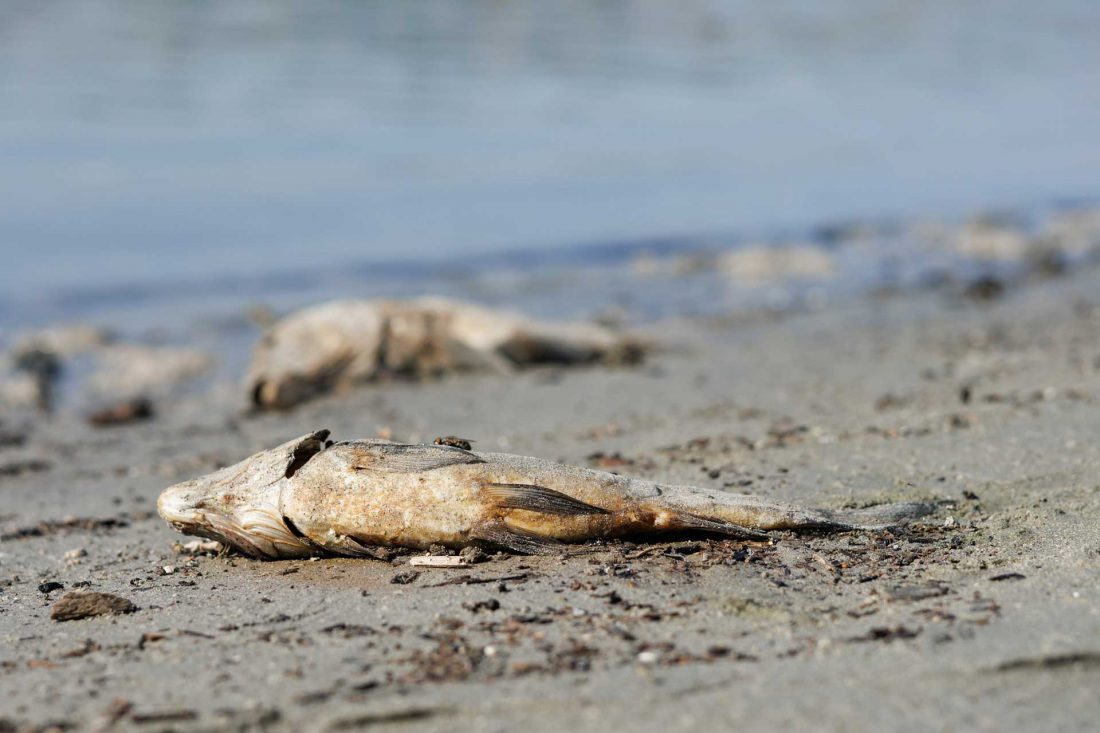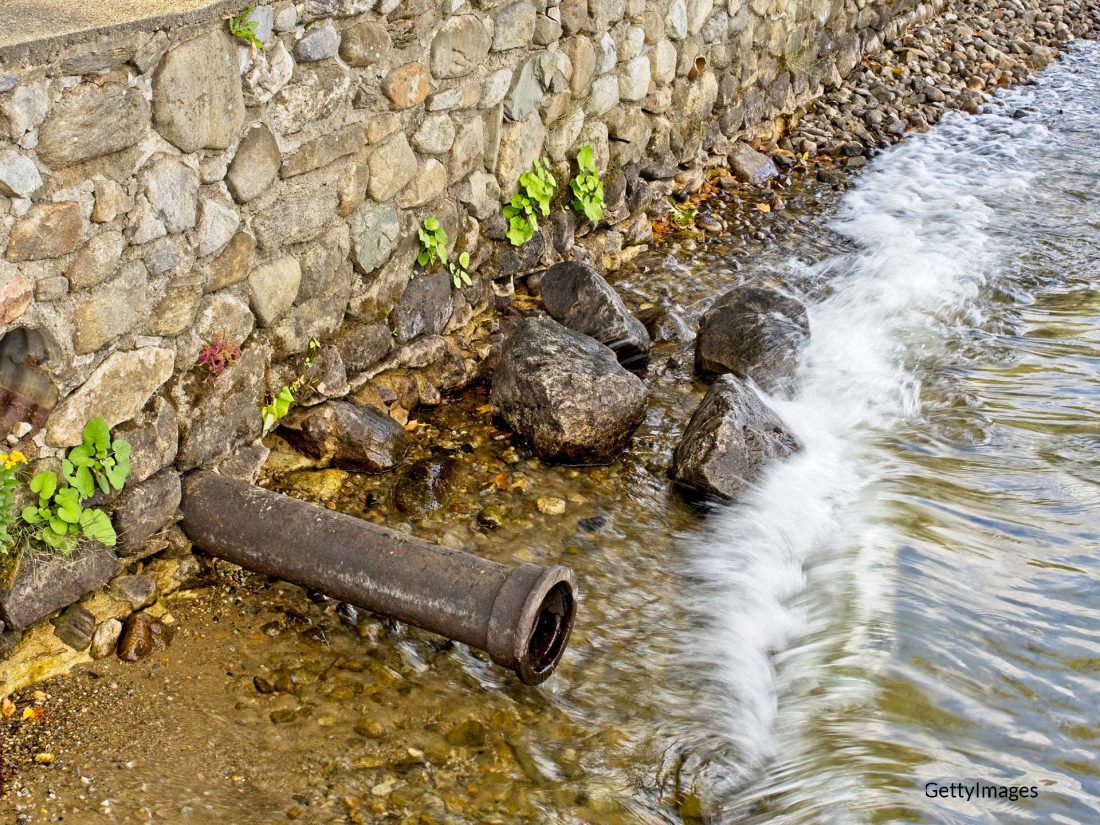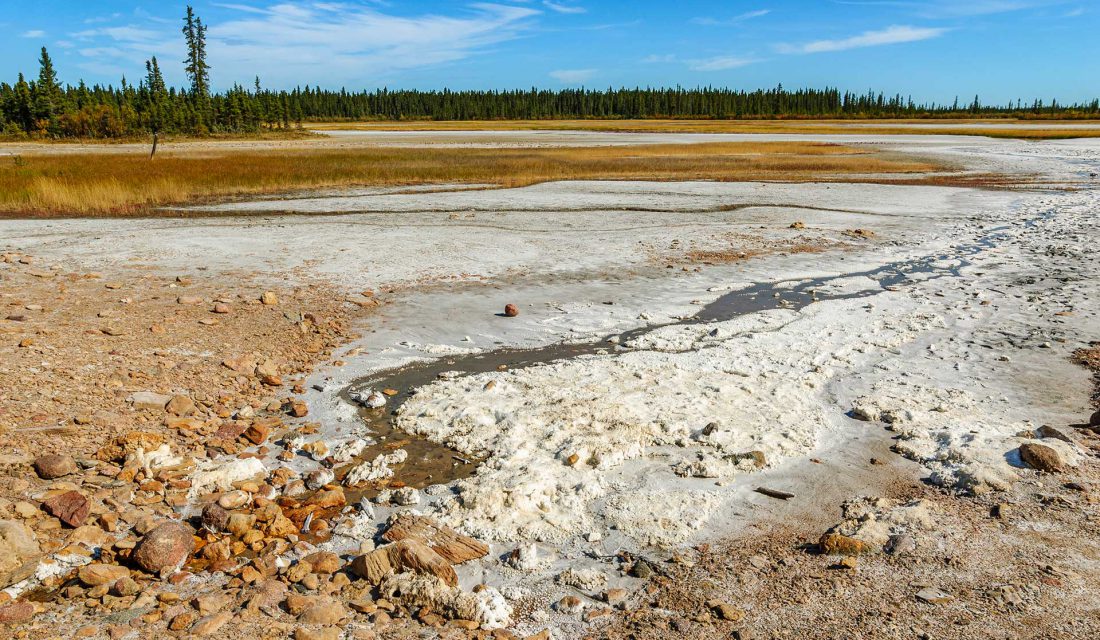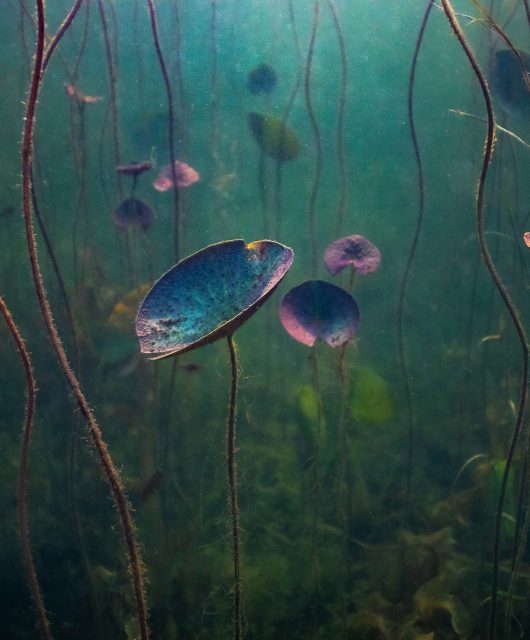Four Signs We Can’t Ignore
A whopping 14 per cent of the world’s lakes can be found right here in Canada. Not only are Canada’s 2 million lakes imperative as a source of freshwater, they are also a major driver of economic activity and an incredible source for recreation (hello kayaking!). But we are not the only ones who benefit from these bodies of water. Hundreds of plant and animal species, from Lake Sturgeon to the Musk Turtle, call Canada’s lakes home. But are our lakes in trouble? Let’s take a closer look at what these water bodies have to say.
The Skin – Thinning Ice

When hockey was born in the 1800s, it was not played in packed arenas, but on frozen lakes. And what was the foundation? Ice. Our lakes used to freeze solid for months…now lakes are freezing later in the season and melting earlier. Moreover, the ice itself isn’t the strong stuff of yesteryear; it is thinner, weaker and more unpredictable thanks to climate change. Our warmer winters lead to more white ice which is cloudy and weaker, and less black ice – the good stuff – which is clear and strong.
Even a degree or two of warming can stop some lakes from freezing altogether. Without strong ice cover, more water evaporates leading to lower water levels and less food for freshwater species. White ice can even block light which phytoplankton requires to grow (yup it even grows in the winter!) which means even less food is available for wildlife.
The Lungs – Losing Oxygen

Lakes need oxygen just like we do. Since 1980, lake oxygen levels have dropped by 5.5 per cent. A recent study published in Global Change Biology examined 356 lakes and found that one-third of them had lost deep-water oxygen over the course of a decade. Why is this happening? Again…climate change. Warmer water holds less oxygen, and as lakes heat up, their surface and bottom layers stop mixing – trapping oxygen near the top and starving life down below. Species that live in deeper waters depend on oxygen to grow, feed and reproduce. When oxygen disappears, so do they.
The Bloodstream – Forever Poisoned?

Some pollutants, like PFAS, are so persistent they’re known as ‘forever chemicals.’ Used since the 1930s in everything from non-stick pans to waterproof jackets, PFAS are turning up in lakes across Canada. Scientists have found forever chemicals in all five Great Lakes with Lake Ontario having the highest levels, followed by Lakes Michigan, Erie, Huron and Superior. These chemicals enter our lakes via precipitation, runoff and wastewater. Once PFAS are in the water, they’re there to stay and can enter the food web, creating havoc in freshwater ecosystems.
The Bones – Shrinking Lakes

Lakes are shrinking, both here in Canada and around the world. A recent assessment found that over half of the world’s biggest lakes are losing water. It’s not just lakes in dry climates that are losing water, lakes in the tropics as well as the Arctic are drying up. As climate change ramps up, so too do warmer temperatures. And warmer temperatures means more evaporation. In some areas, rainfall just isn’t keeping pace with this evaporation and our lakes are being used for human needs faster than they can be replenished, leaving less water for wildlife and plants.
How Can You Help?
Love Your Lake! If you have a cottage or a waterfront property, there are plenty of things you can do to consider the health of your beloved lake. By participating in the Love Your Lake program, you can assess the health of your shorelines and learn how to make your lake healthier. Take the Love Your Lake self-assessment today!




